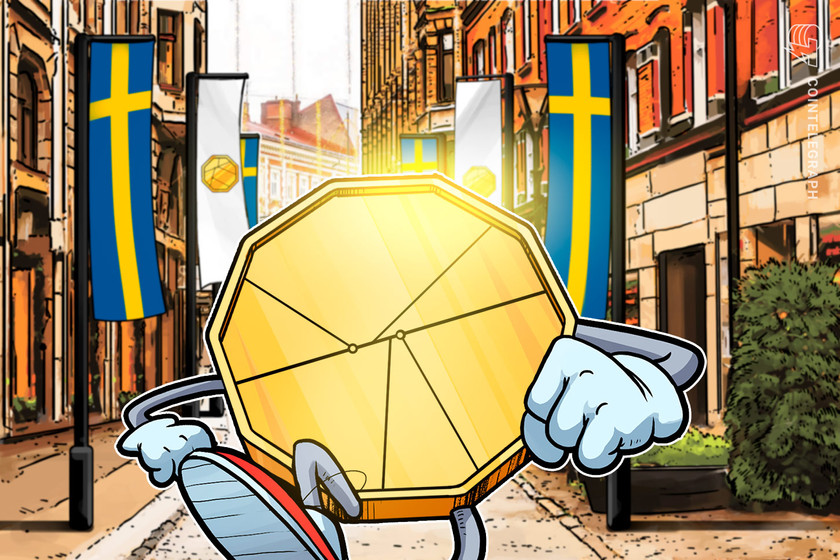Major cryptocurrency exchange Kraken made its WebSockets private Application Program Interface (API) available for all Kraken clients.
On Oct. 24, Kraken reported on its blog that the first two messages of the private API have gone live to all of its clients after being in beta mode since the beginning of October.
The new functionalities
The crypto exchange advertises WebSockets as providing a faster, more efficient interface for those clients who build software applications for trading and accessing Kraken’s market data. In order for Kraken clients to subscribe to a WebSocket private feed, the client must first request an authentication token via the REST API, a secure authentication mechanism using API keys and cryptographic hash algorithms.
According to the exchange, the first two messages of the private API will list the client’s open orders and push updates when new orders are created. It will also list the last 50 trades, pushing updates when new trades execute. There will soon be a faster way to add or cancel orders in the private API.
Kraken amongst the “cleanest” platforms
The Blockchain Transparency Institute released its latest market surveillance report in September, which named Kraken and Coinbase among the cryptocurrency exchanges with the lowest amount of wash trading in the industry. The report further classified OKEx and Bibox as the exchanges with the highest rates of wash trading according to the institute’s ranking of the top 40 exchanges.
Wash trading refers to a practice where sell and buy orders are simultaneously placed on the same asset to artificially inflate trading volumes while giving the impression that the asset is more in demand than it actually is.









